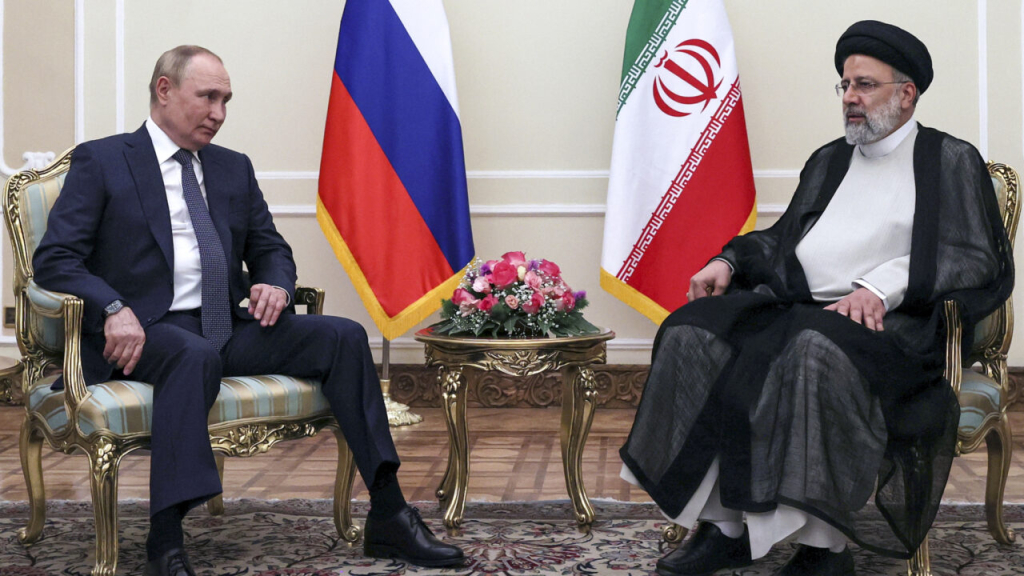Russia deployed a telecommunications satellite for Iran alongside dual scientific payloads in a Soyuz rocket launch from the Vostochny Cosmodrome on Friday, continuing a partnership underscored by shared geopolitical challenges. The mission, reported by Russia’s state-run TASS news agency, carried 20 satellites, including Iran’s 110-kilogram Nahid-2 communications device and two Russian Ionosfera-M satellites designed to study Earth’s upper atmosphere.
The Nahid-2, developed by Iran’s Space Agency and World Research Institute, is framed by Tehran as a civilian project for research and telecommunications. However, the U.S. and Israel have repeatedly raised alarms over Iran’s space ambitions, citing concerns that related technologies could advance its ballistic missile capabilities. Iranian state media IRIB emphasized the satellite’s non-military objectives, though Western analysts remain skeptical given Iran’s history of leveraging dual-use technologies.
This launch marks the latest in a series of Russian-Iranian collaborations since 2022, when Moscow sent a high-resolution surveillance satellite into orbit for Tehran. The Washington Post reported at the time that the spacecraft provided imagery initially utilized in Russia’s military operations in Ukraine. The deepening ties between the two nations, both under heavy Western sanctions, reflect a strategic alignment to bypass economic and technological isolation.
The Ionosfera-M satellites, designated No. 3 and No. 4, form part of Russia’s Ionosond initiative to monitor the ionosphere—a critical atmospheric layer influencing radio communications and climate patterns. Equipped with ozone-measuring instruments, the devices will analyze environmental data, contributing to studies on atmospheric changes. Scientists highlight the project’s potential to enhance understanding of solar radiation effects and ozone layer dynamics, though geopolitical observers note the dual-use possibilities of such research.
Friday’s launch underscores the evolving space alliance between Moscow and Tehran, which has drawn scrutiny from Western governments monitoring technology transfers. While Russia’s space agency emphasizes civilian applications, the partnership’s strategic undertones remain apparent. Analysts point to Iran’s expanding satellite fleet, including the failed Noor military satellite launch in 2020, as evidence of persistent ambitions in space-enabled reconnaissance and communication systems.
As global powers navigate the intersection of space exploration and security, this collaboration highlights the complex interplay of scientific progress and geopolitical tension. With both nations facing ongoing sanctions, their joint ventures in space technology are poised to remain a focal point of international attention.
